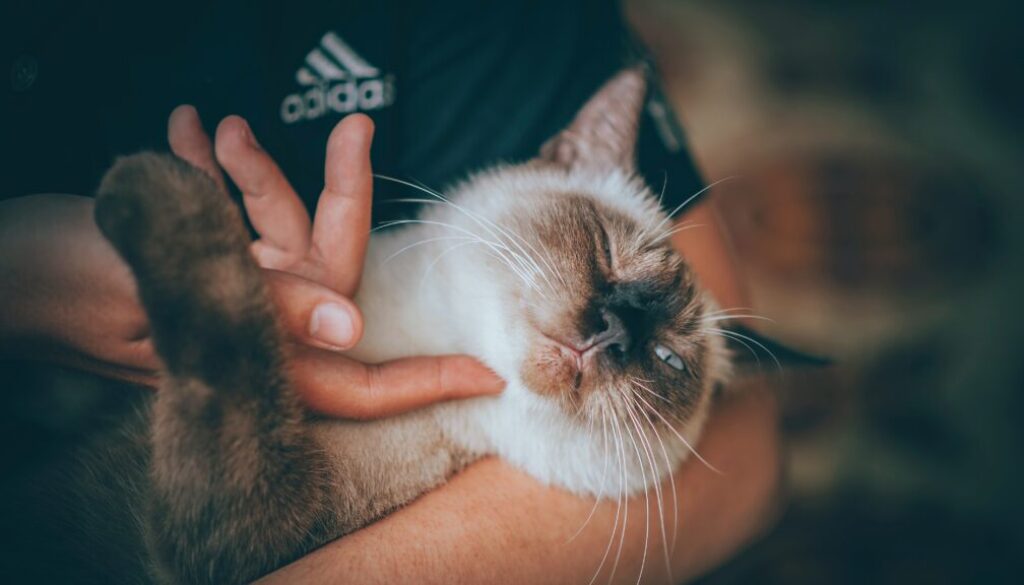Why You Should Hug Your Cat
The calendar is full of obscure micro-holidays, like National Hug Your Cat Day (June 4) which coincides with adopt-a-cat month. Cats often receive a negative reputation for their independence and perceived lack of affection, but this doesn’t hold up under closer scrutiny. What are the benefits of cats as pets, and how do you introduce them to the rest of your family and other pets?
Cats are defined as aloof, contrasted with dogs’ perceived friendliness, but is this accurate? Hugging your cat every day gives benefits to both of you. Physical touch brings comfort, reduces stress and blood pressure, and generates feelings of wellbeing, connection, and security. This holds true for both pets and their owners – yes, even cats who exude self-sufficiency.
Cuddling your cat cultivates a deeper bond through releasing serotonin which directly contributes to happy thoughts and feelings. And the medical benefits don’t stop there – it’ll encourage your body to produce endorphins which will diminish human pain. For cats who tend to be tense, hugging will begin to release muscles and improve their circulation. Studies have also shown their ability to monitor blood sugar levels for diabetics. By lowering your cortisol levels, their happy purring from hugging you can relieve human anxiety as well.
Speaking about purring – what does it mean? Kittens begin purring at as young as two days old, using this while still blind for orienting themselves and communicating with the mother cat. Cats purr for a multitude of reasons – from contentment to anxiety, pain, and delivering warnings, and the frequency could give benefits to both their health and their owners’. Muscles and bones grow and heal best between 25 and 150 Hertz, the same level at which cats purr. It then serves as pain management and a form of self-medication. But it can also generate human responses as the frequency makes it next to impossible to habituate (become immune to) the sound. When most content, this vibration of cats’ vocal cords equates to a dog wagging its tail.
If your cat won’t accept hugs, can you increase trust, especially for rescued or more skittish cats? First, ensure they have a quiet, safe place with all their needs – food, water, bed, and litterbox. Speak to them quietly and softly, and move slowly. Sudden changes in their environment or loud noises will contribute to them startling more. And remain calm and patient with them.



